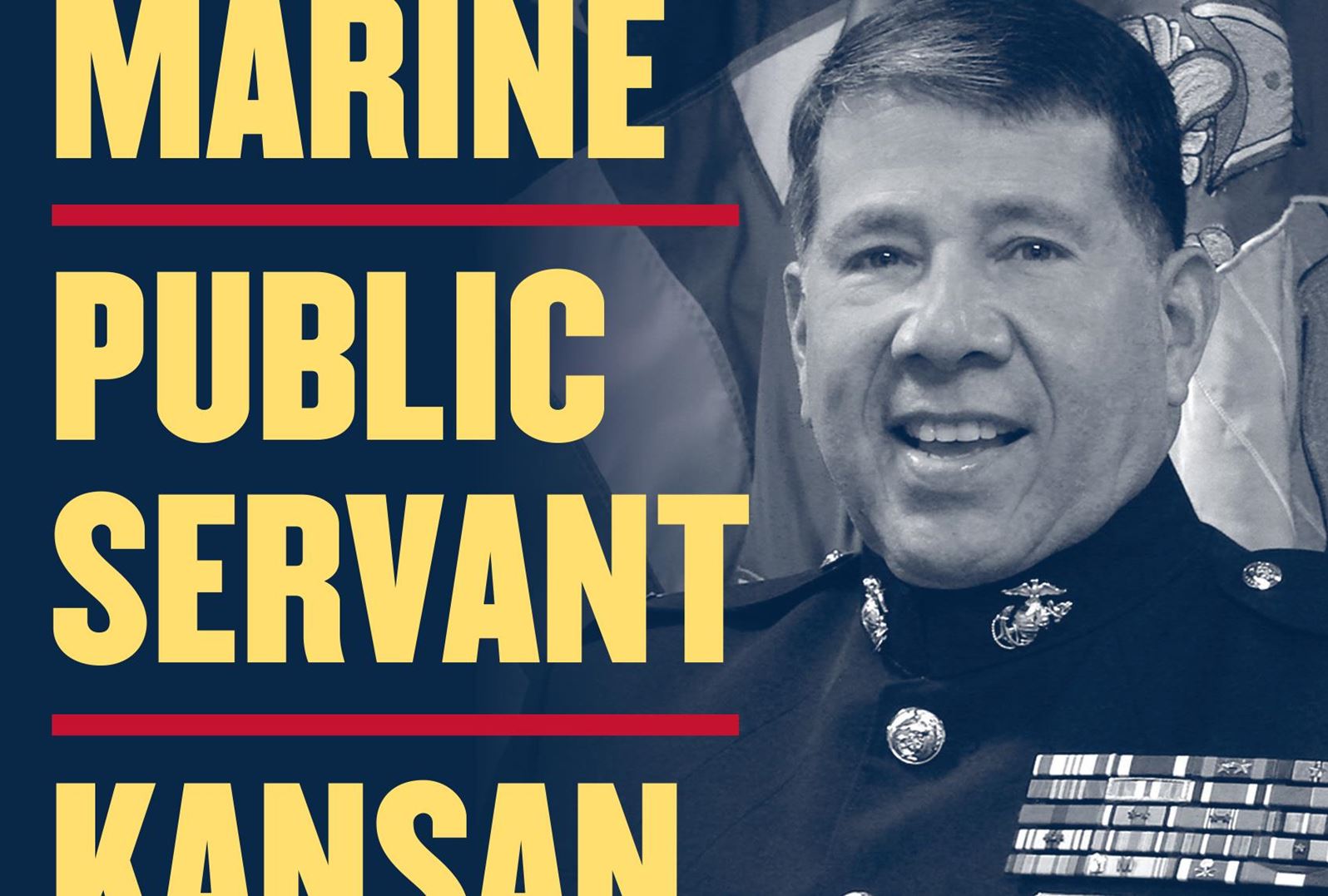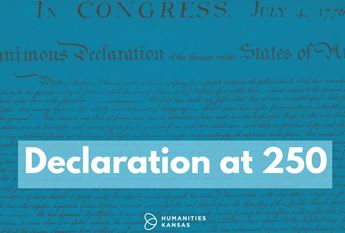

Marine, Public Servant, Kansan: the Life of Ernest Garcia
November 6, 2018
Excerpted from Marine, Public Servant, Kansan: the Life of Ernest Garcia (University Press of Kansas, 2018) by Dennis Raphael Garcia
Reprinted with permission by the University Press of Kansas
On March 23, 1957, the third night of spring, a howling blizzard swept across the southwestern plains of Kansas. Travelers were stranded on the highways and taken to shelters after their rescue. Residents were told to remain indoors. Sixty-mile-per-hour winds roared into Garden City, shaking and rattling the doors and windows of the wood-framed homes in the Mexican barrio on Santa Fe Street. The families within could measure the storm’s intensity only by the density of the snowflakes as they flew horizontally through the illumination of a single porch light and by the rising snow drifts outside their doors.
In their home on Santa Fe Street, Felipe Garcia assured his sons, Ernie and Jim, that they were safe from the wind and snow. He tried to keep their attention on the radio broadcast of the national basketball championship final between the University of Kansas and the University of North Carolina. With ten-year-old Ernie on his lap and Jim, two years older, sitting next to him, Felipe was ready to lead them into a night of cheering for the Jayhawks. However, any exuberant physical outbursts of cheers had to be avoided, as Felipe suffered from heart disease and was in a weakened state.
Though Felipe was born in El Paso, Texas, in 1918, he was raised in Kansas from the age of two. He was a sports fan and had developed a passion for KU basketball. Anticipating a repeat of KU’s 1952 national championship season, he and the boys had closely followed the 1957 Jayhawk season. Their hopes were spiked by the addition of Wilt Chamberlain to the varsity team. In his debut, Chamberlain scored fifty-two points and grabbed thirty-one rebounds, and he went on to dominate play during the regular season. To reach the championship final, KU had survived the regional games in Dallas the week before. The Jayhawks not only prevailed on the scoreboard but also overcame the racial slurs and coins hurled at them by the fans supporting Southern Methodist University and Oklahoma City University. With their contentious wins in Dallas, the Jayhawks advanced to the final round in Kansas City, Missouri.
The final game against North Carolina was hard fought, intense, and stressful. In the Garcia home, hope and despair rose and fell with each shot made or missed. Each team had opportunities to win the game with a basket at the end of regulation play and overtime. By the time the game went into a third overtime, the snowy tempest in Garden City had left nearly two feet of snow and drifts reaching five to six feet high. The electricity in homes flickered during the storm, resulting in moments of darkness and garbled radio broadcasts. Some homes completely lost power.
Back in Kansas City, KU missed its last shot, and North Carolina won the championship 52–51. The Garcias were deeply disappointed, having come so close to winning. With a father’s wisdom, Felipe assured his boys that the Jayhawks would have a chance the following year. As the lights in the house continued to flicker, he suggested to his sons in a tone of calm determination that the team needed to work harder to win another championship.
As with most people, only a select few moments of Ernie’s childhood, those with extreme and intense emotions, were secured in his mind and available for recall during his lifetime. Among Ernie’s precious few memories of Felipe were the events on the night of the blizzard of 1957. It was a night unlike any other in his young life, bursting with apprehension, tension, and excitement.
Nearly thirty years after that snowy night in southwestern Kansas, a shiny black presidential state car, adorned with diplomatic flags, slowed to a stop at the steps of the Senate entrance to the US Capitol building. A member of the Secret Service dutifully opened the door for President Ronald Reagan. With a cheerful “Hello, Ernie,” the president greeted the waiting Senate sergeant at arms, who responded, “Welcome, Mr. President.”
Ernie Garcia led the president and his entourage through the Capitol building to the House chamber, where the president was to deliver the 1986 State of the Union address. Moments after the House doorkeeper, James Malloy, announced the arrival of the president, Ernie slowly led President Reagan down to the House speaker’s podium. Legislators and government officials, men with gray hair in dark suits and a few women in red dresses, rushed to the end of their rows to see—or be seen with—the president. As they walked down the aisle, Ernie’s focus on the business of moving the president along was frequently broken with a smile as he noted the president’s enthusiastic admirers. When the president handed copies of his speech to the vice president and the speaker of the House, Ernie took a seat to the president’s right.
As Ernie listened he could not avoid stepping back and thinking about his presence in the House chamber at that moment. He was thrilled to be in the presence of the Congress, the president, and the justices of the Supreme Court of the United States—the heart of the most powerful government on earth. He was appreciative of the good fortune that enabled him to lead the president to the podium. He wished that his father, Felipe, was alive to see his role in the evening’s events.
At the conclusion of the address, in the midst of seemingly endless applause, Ernie led the president and a procession of legislative leaders out of the House chamber and back to the Senate entrance. With his duties completed, Ernie was amazed that a young man from Garden City had accompanied the president, albeit for just a short walk. In the years to come, his amazement would continue to grow as he began learning the road that his family had taken and that had led him to the House chamber. It was an improbable journey filled with hardships, forged by perseverance and the events of Mexican and American history.
Dennis Raphael Garcia, cousin of Ernest, is a retired attorney and teacher. Formerly a Kansan, he now lives in Arlington, Virginia.



